Thermal Springs, Saturnia, Tuscani, Italy
< photo series below >
Society of the And
the bewildering interdependence of our times

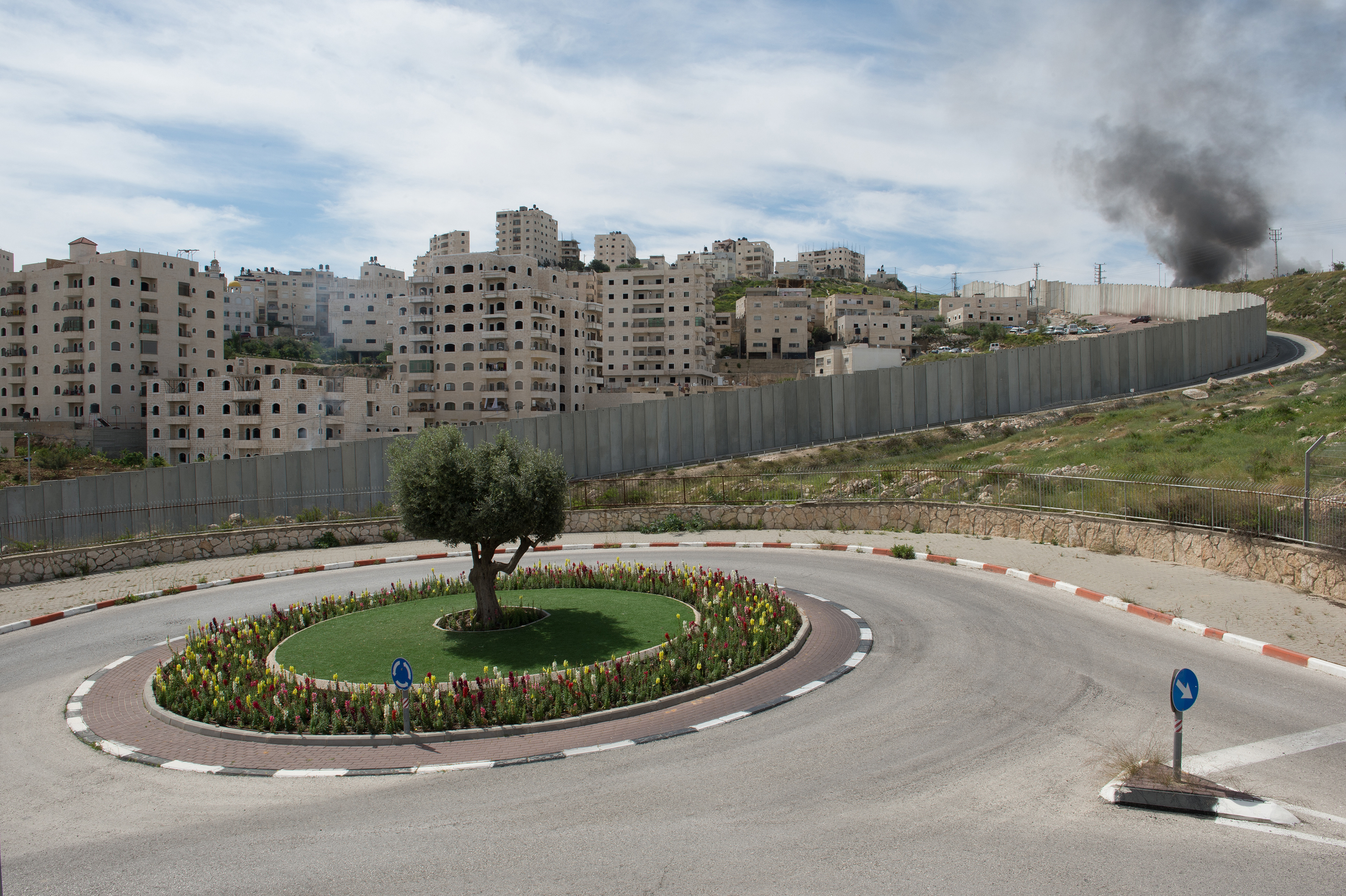

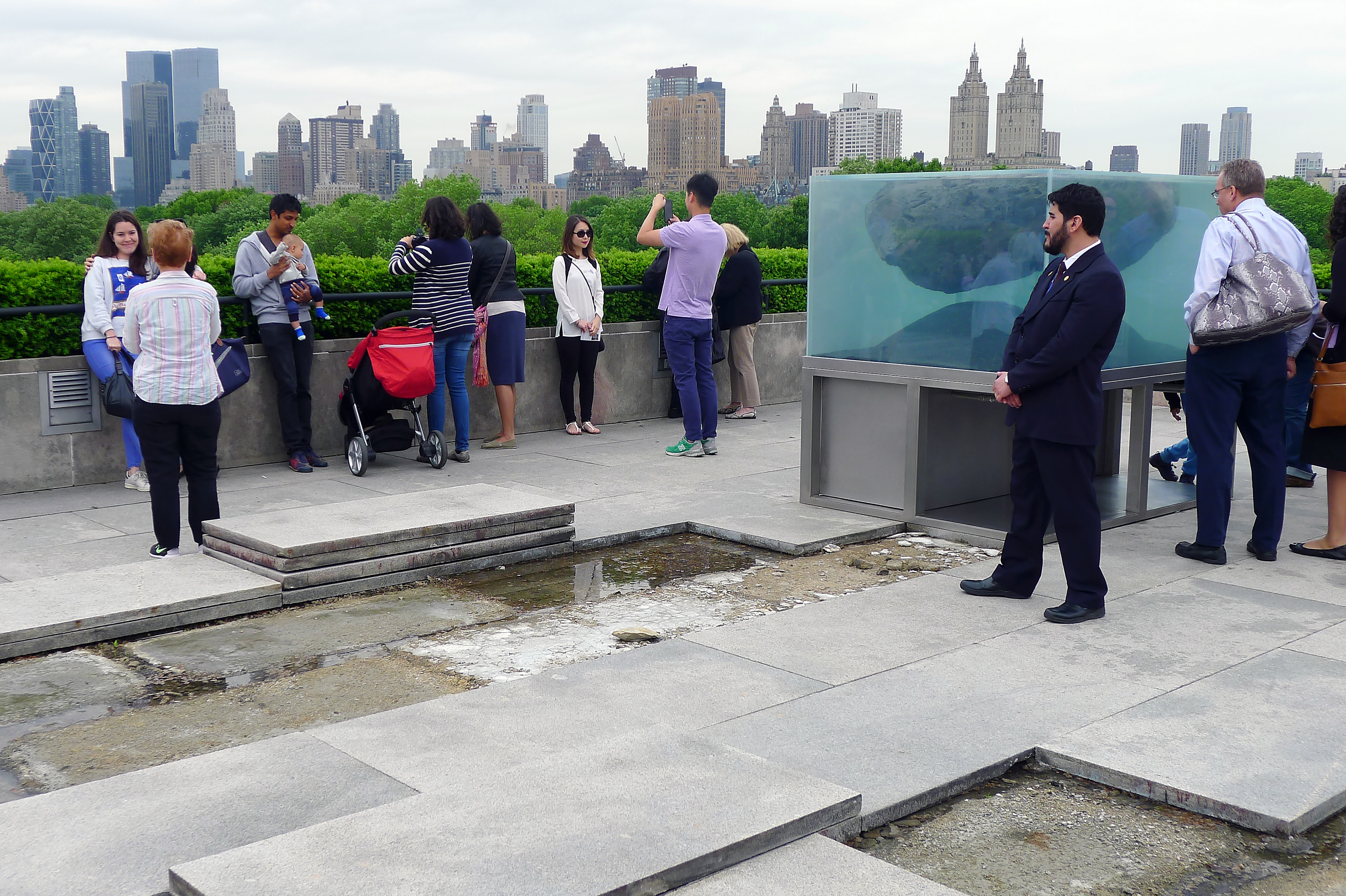
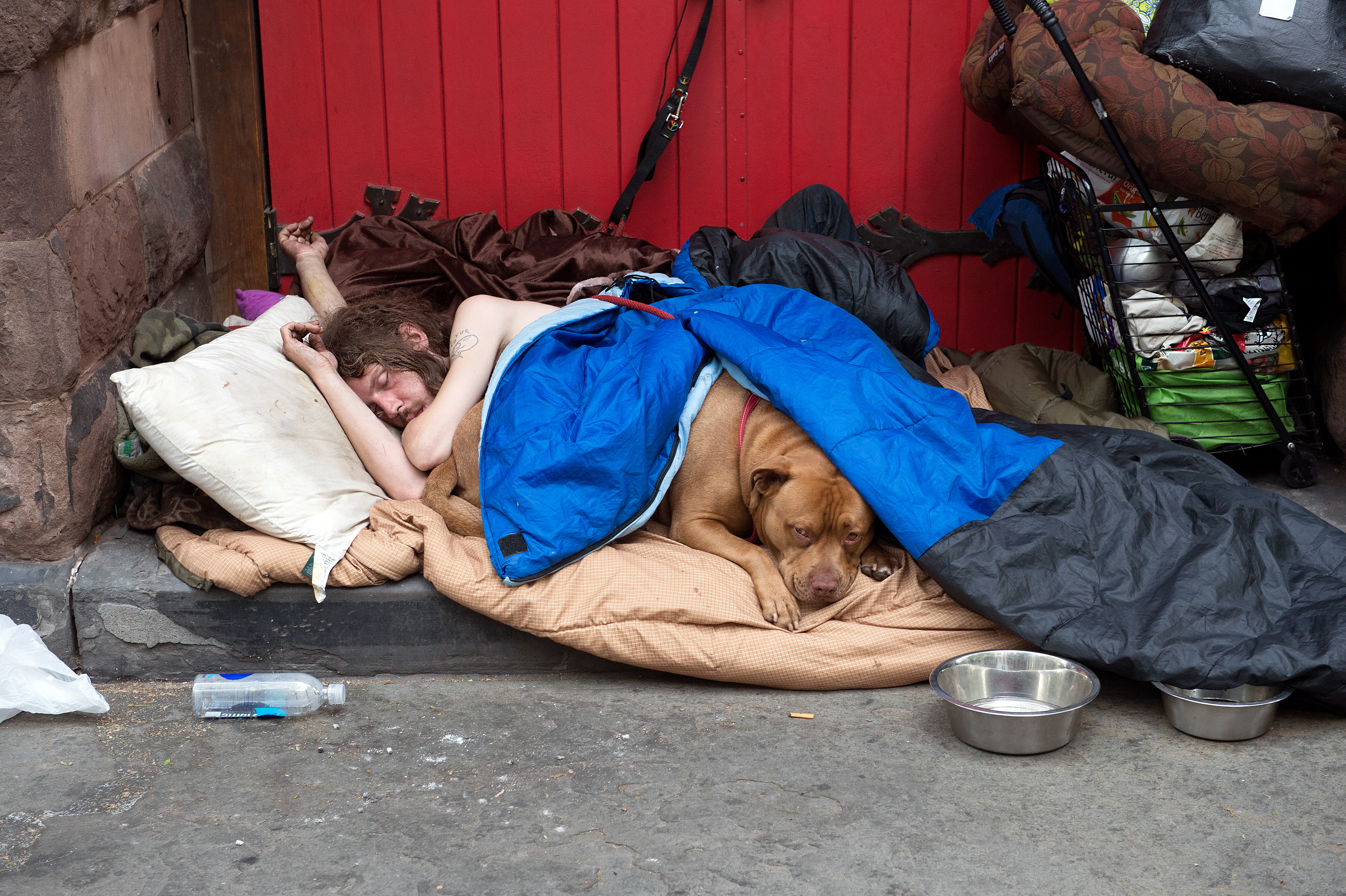
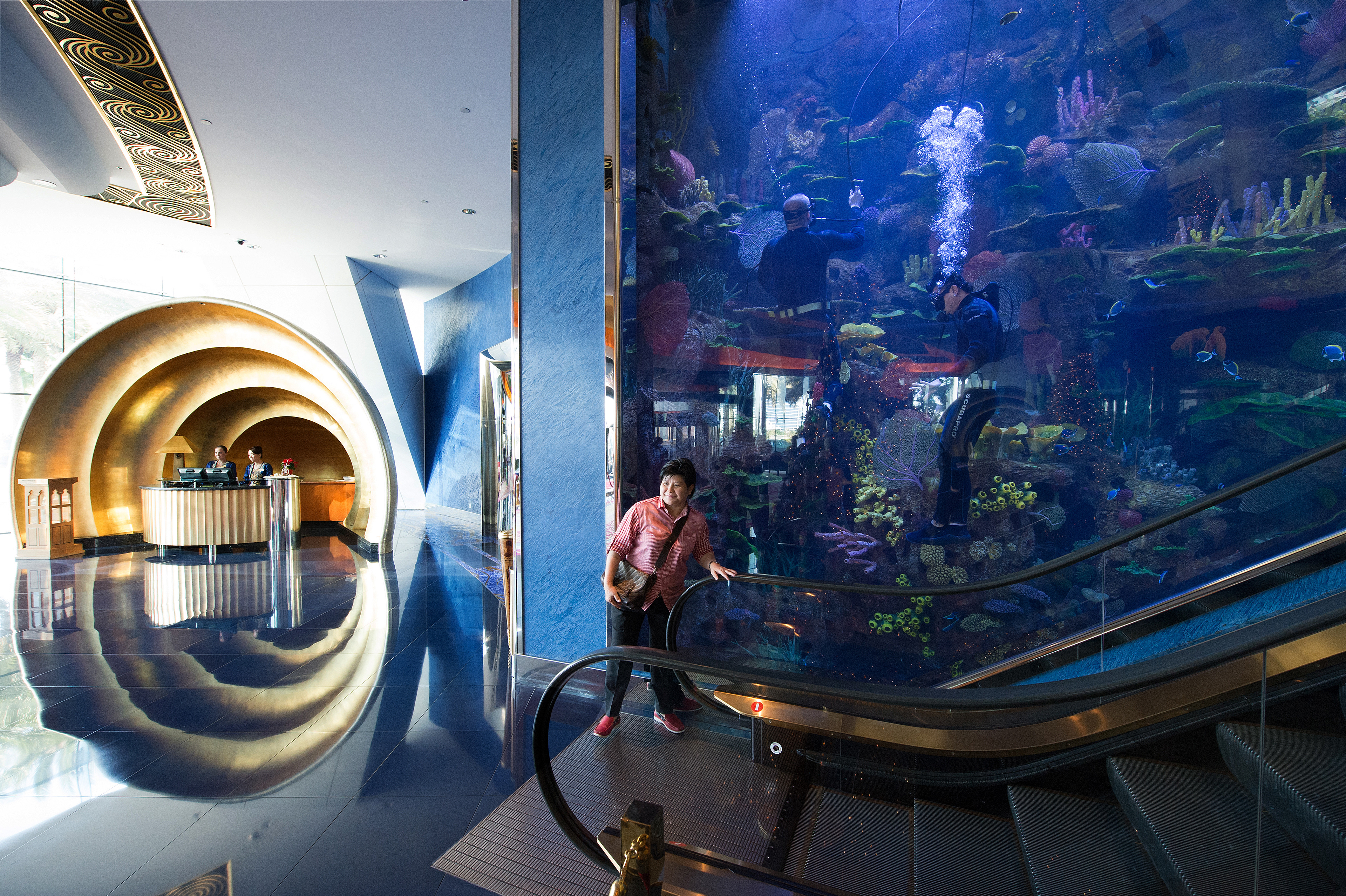
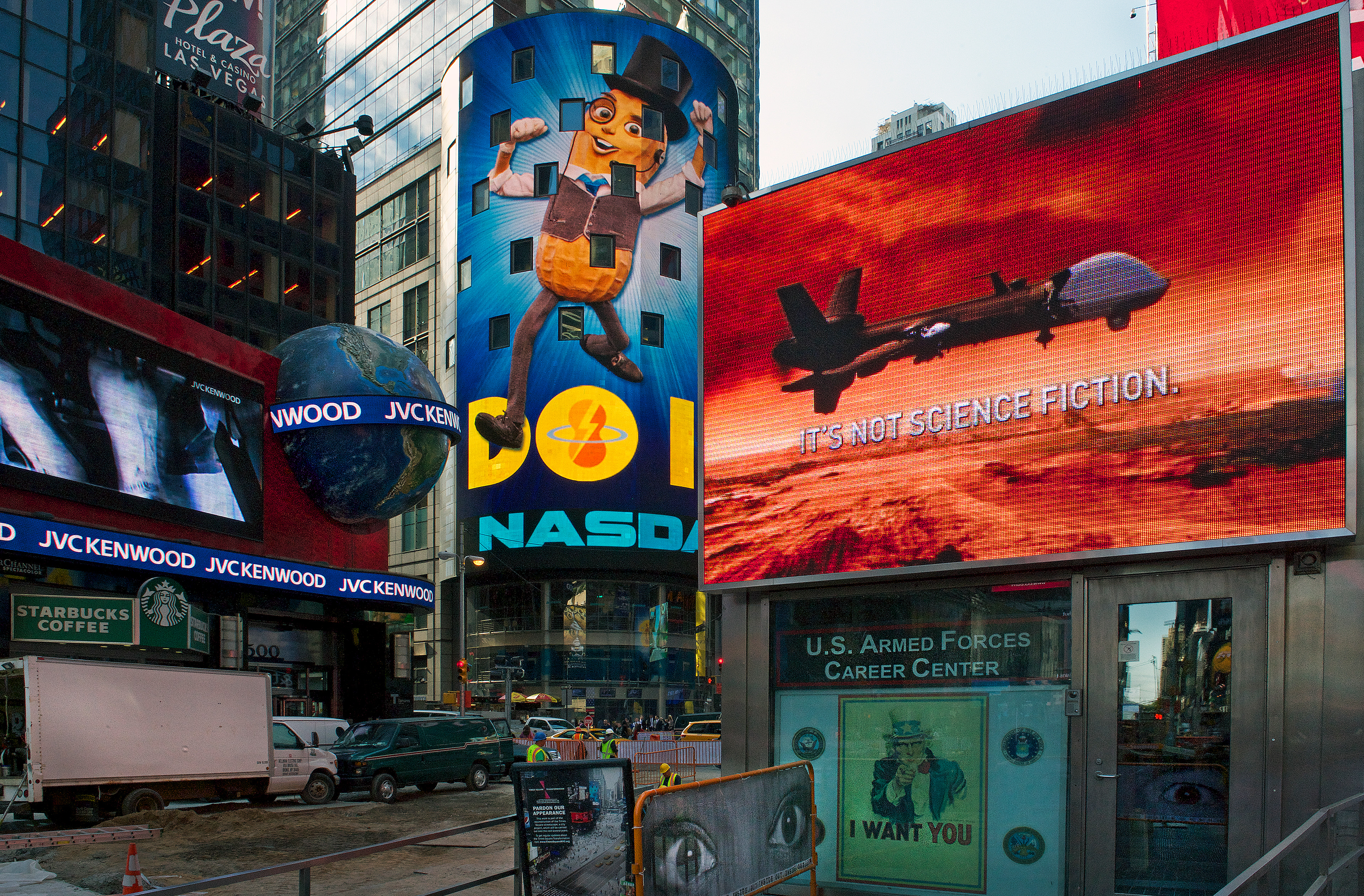

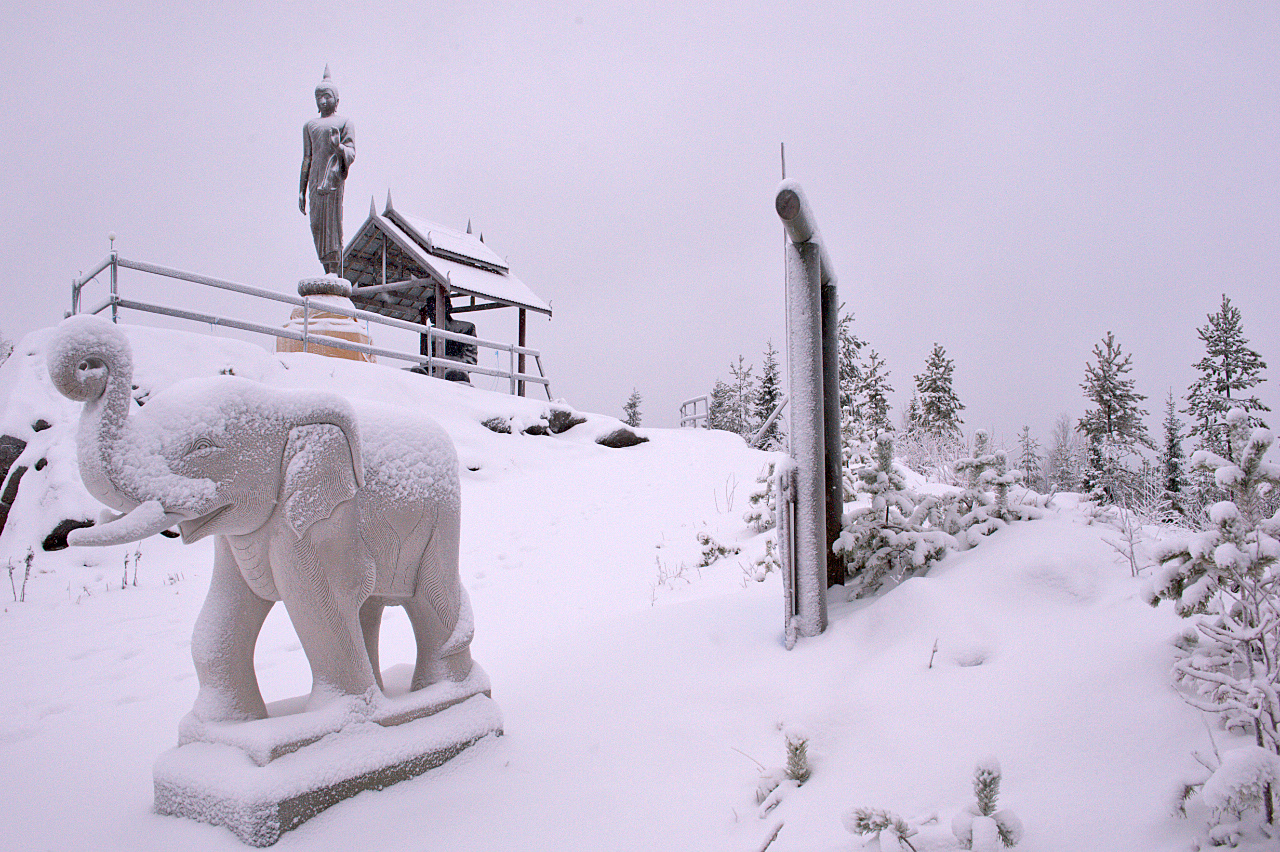
Selection of images The Society of the And, in Magazine Tank, London, UK

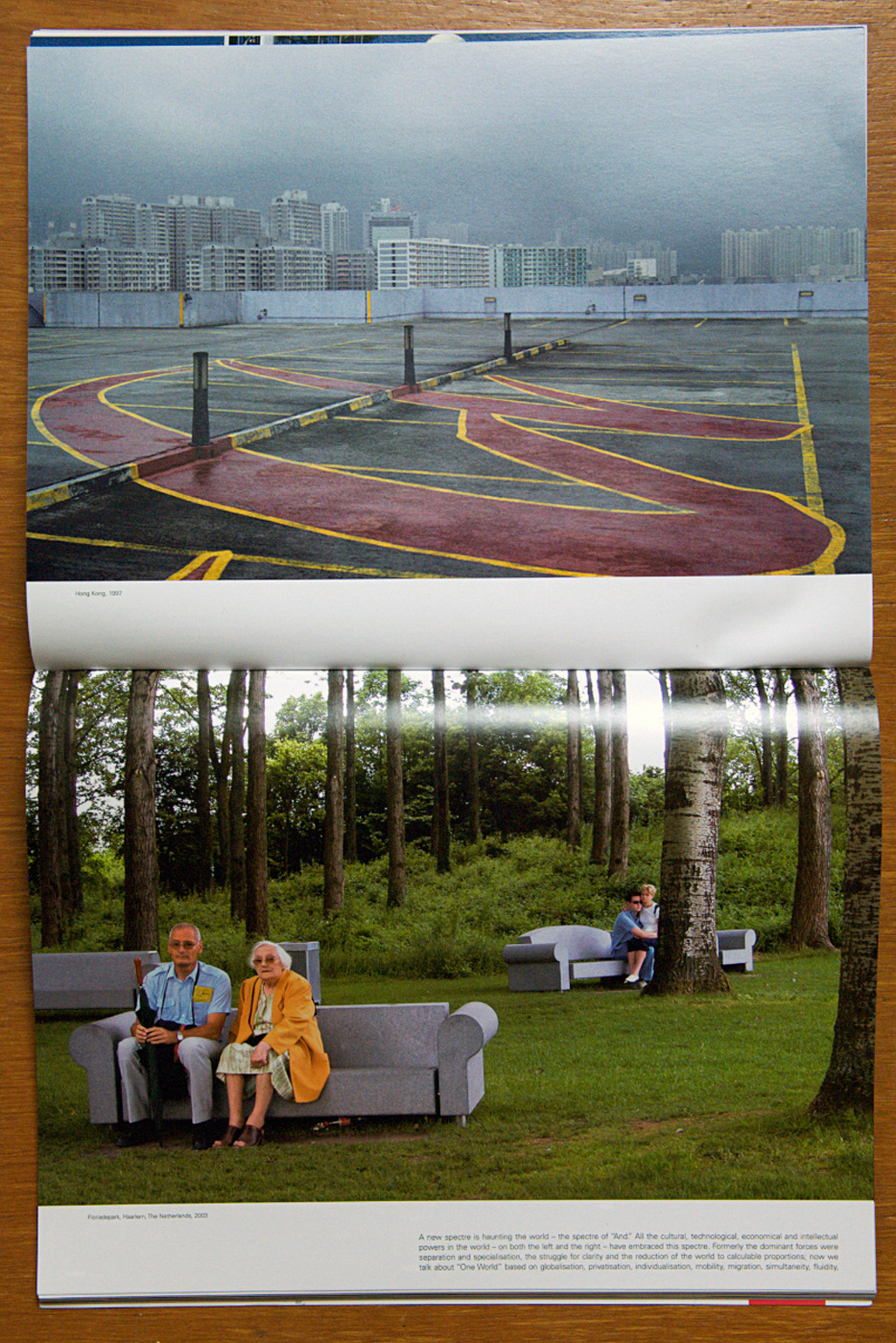
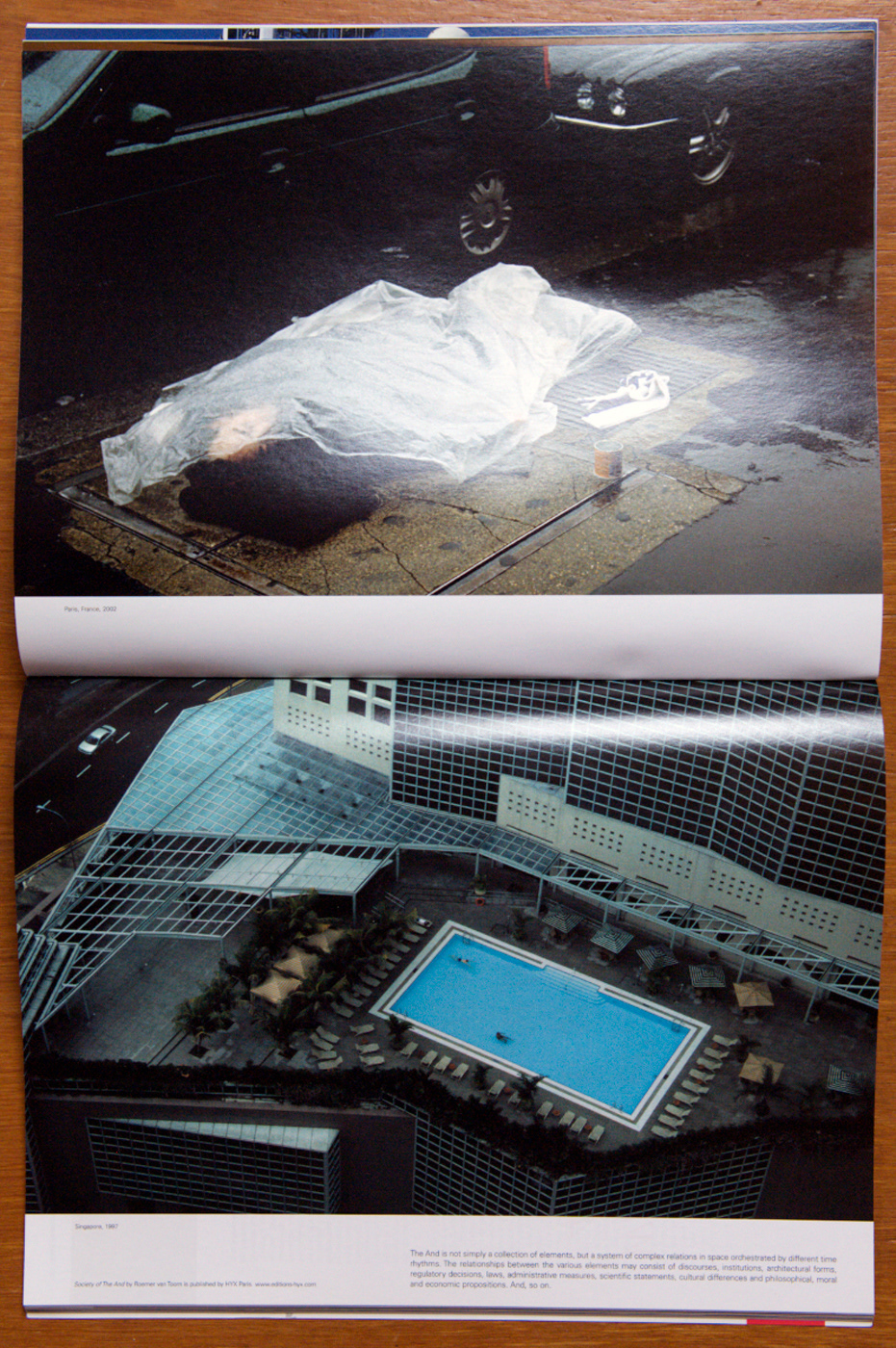


Selection of images The Society of the And, in book Cultiver Notre Jardin, Jan van Toorn, Rosbeek, NL
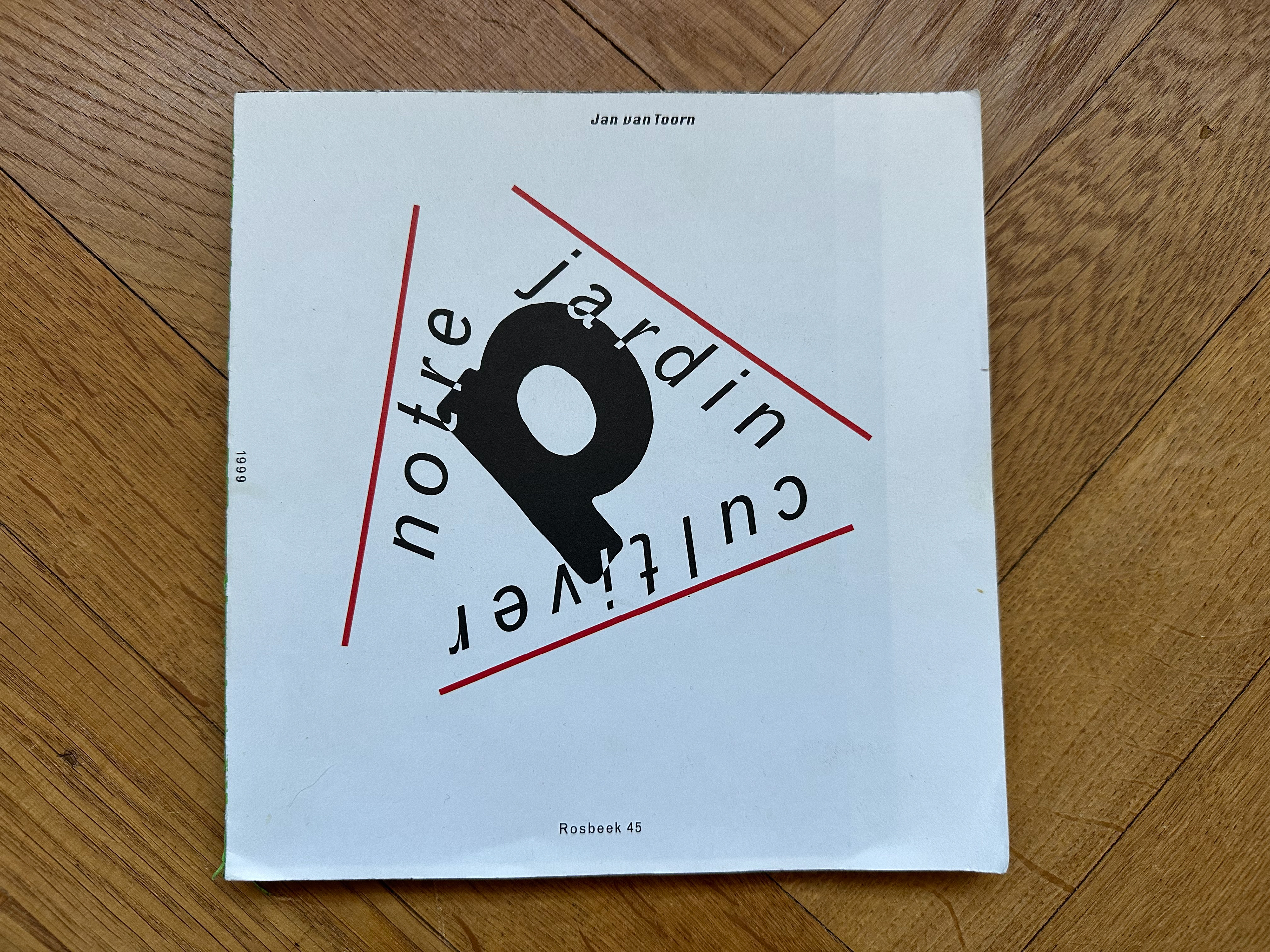
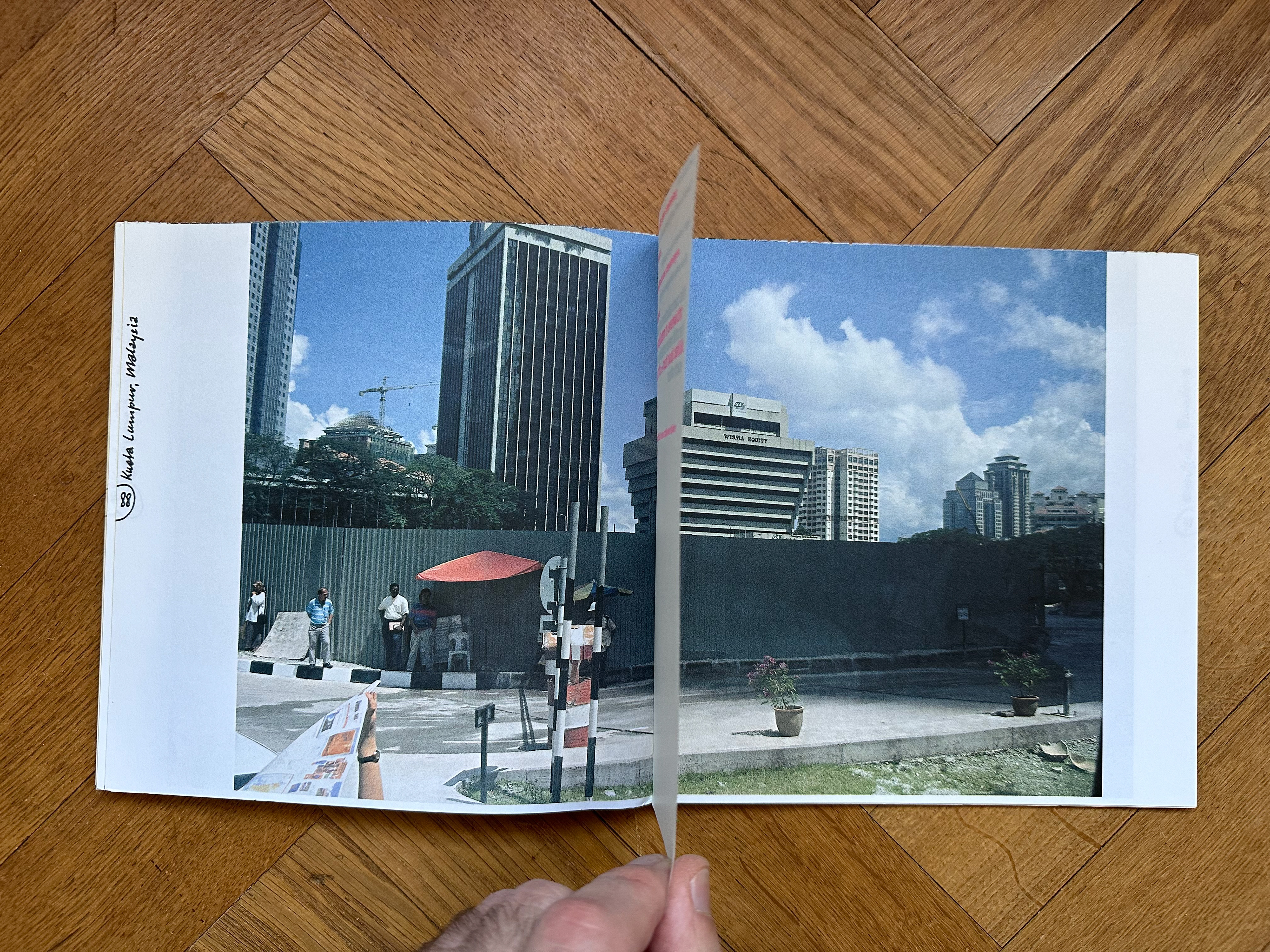
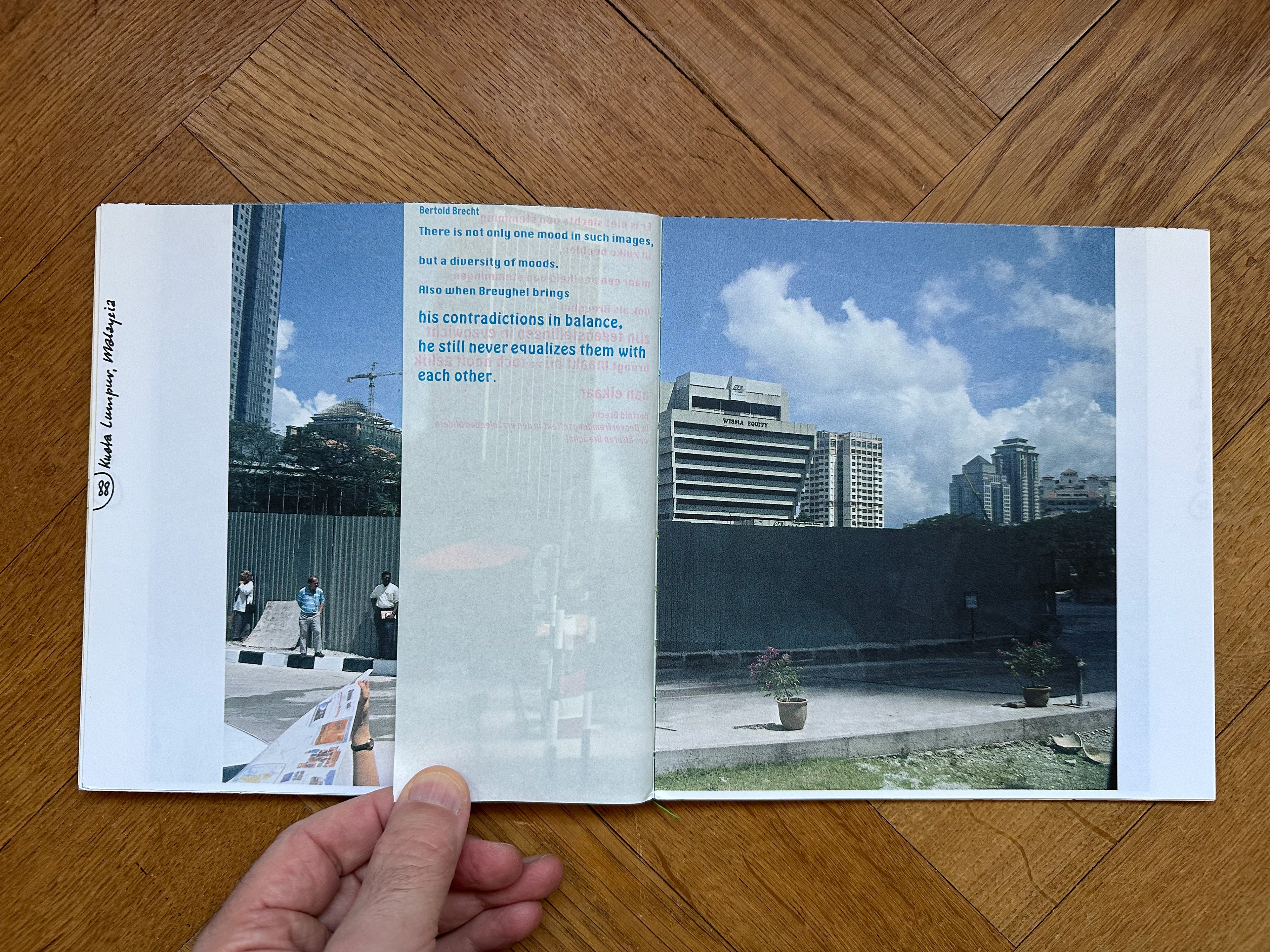
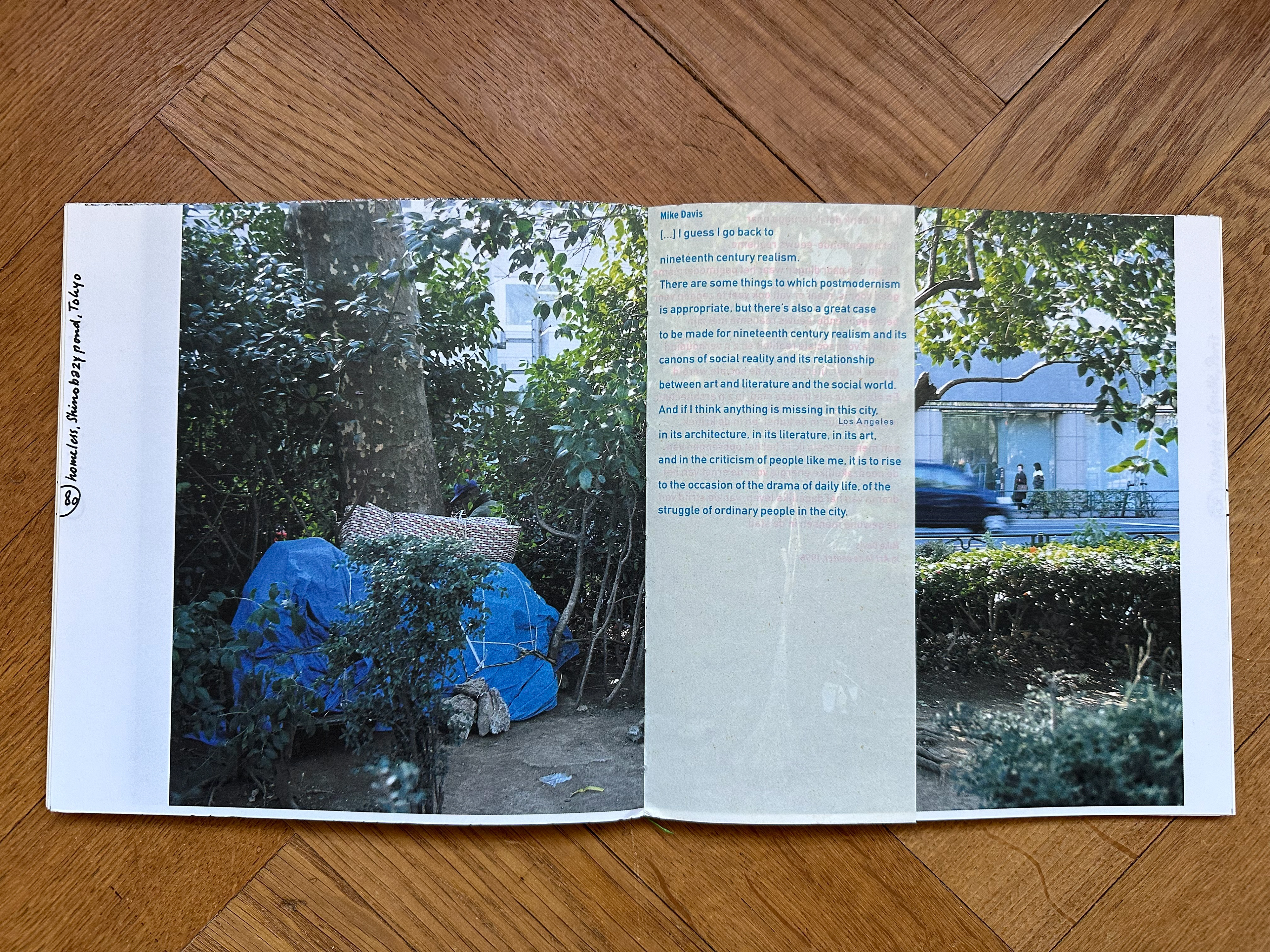
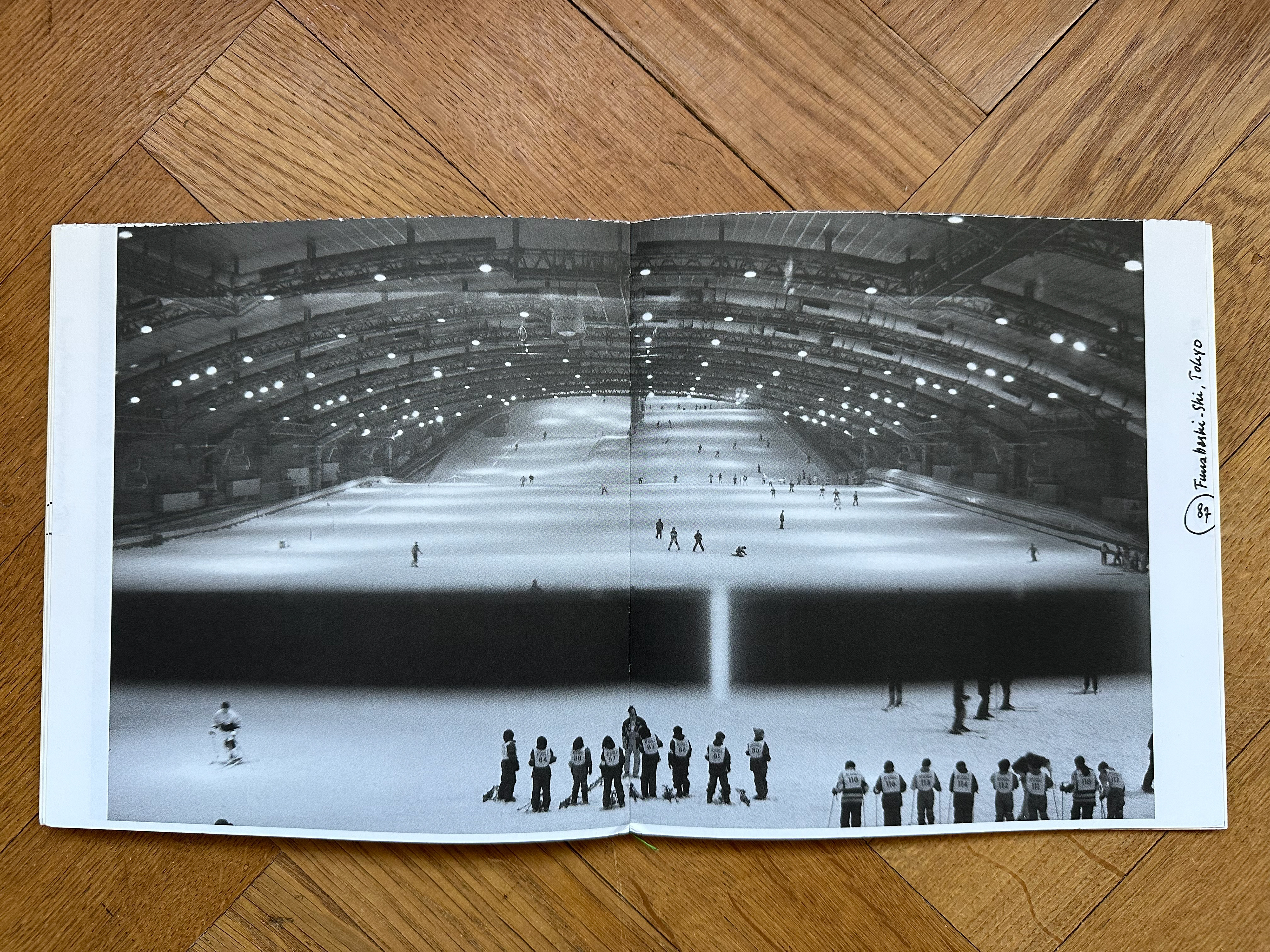
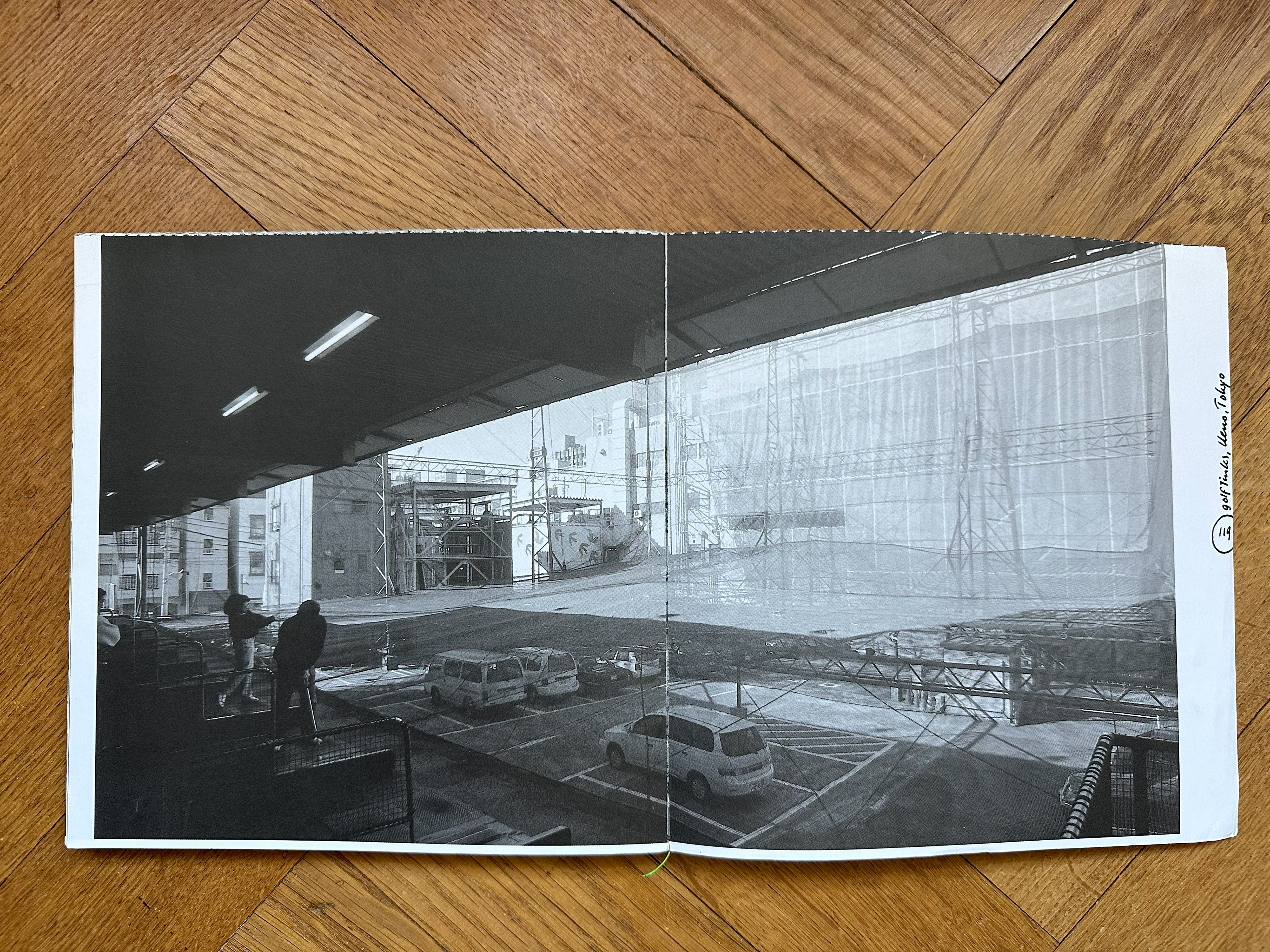
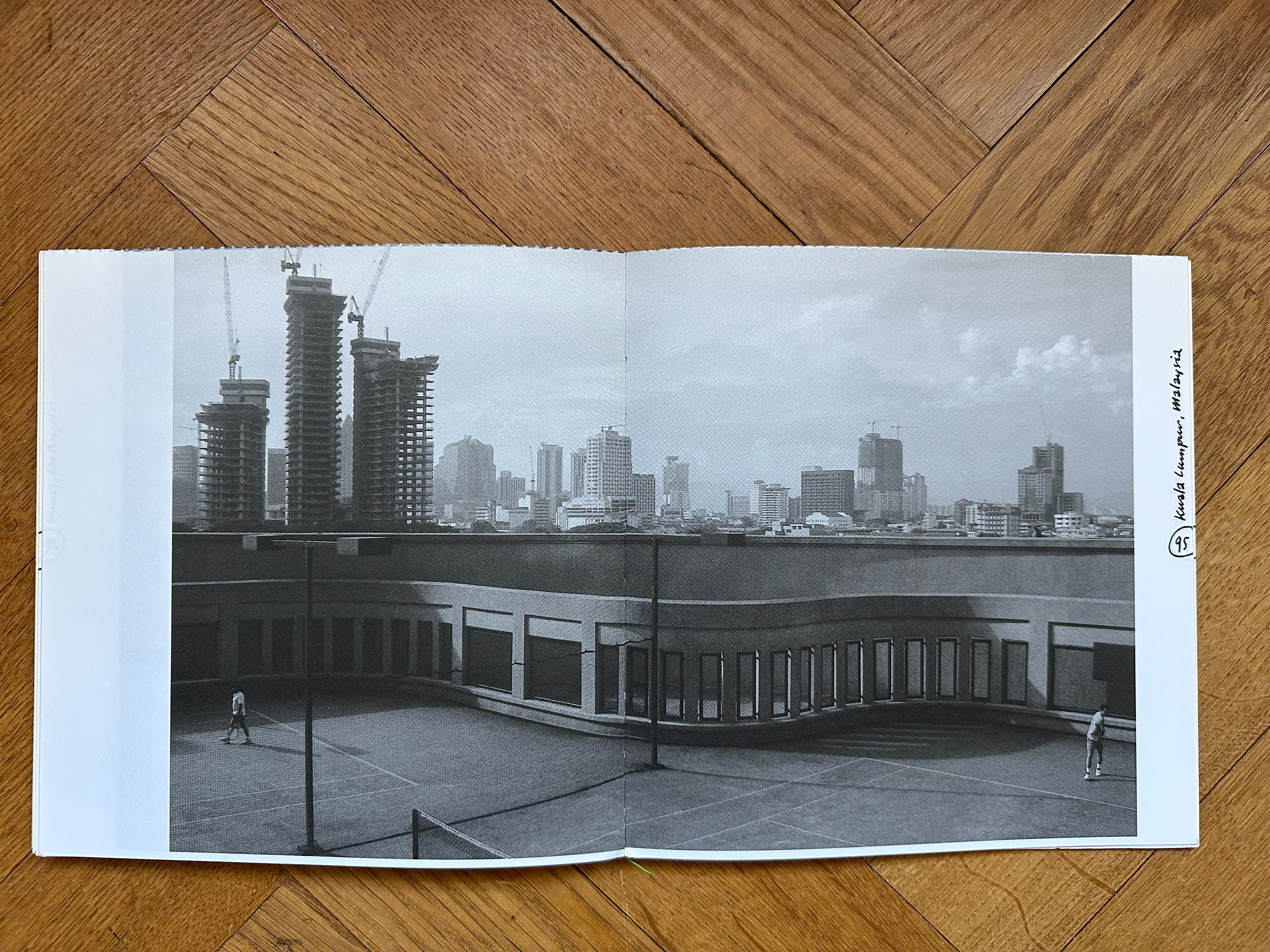
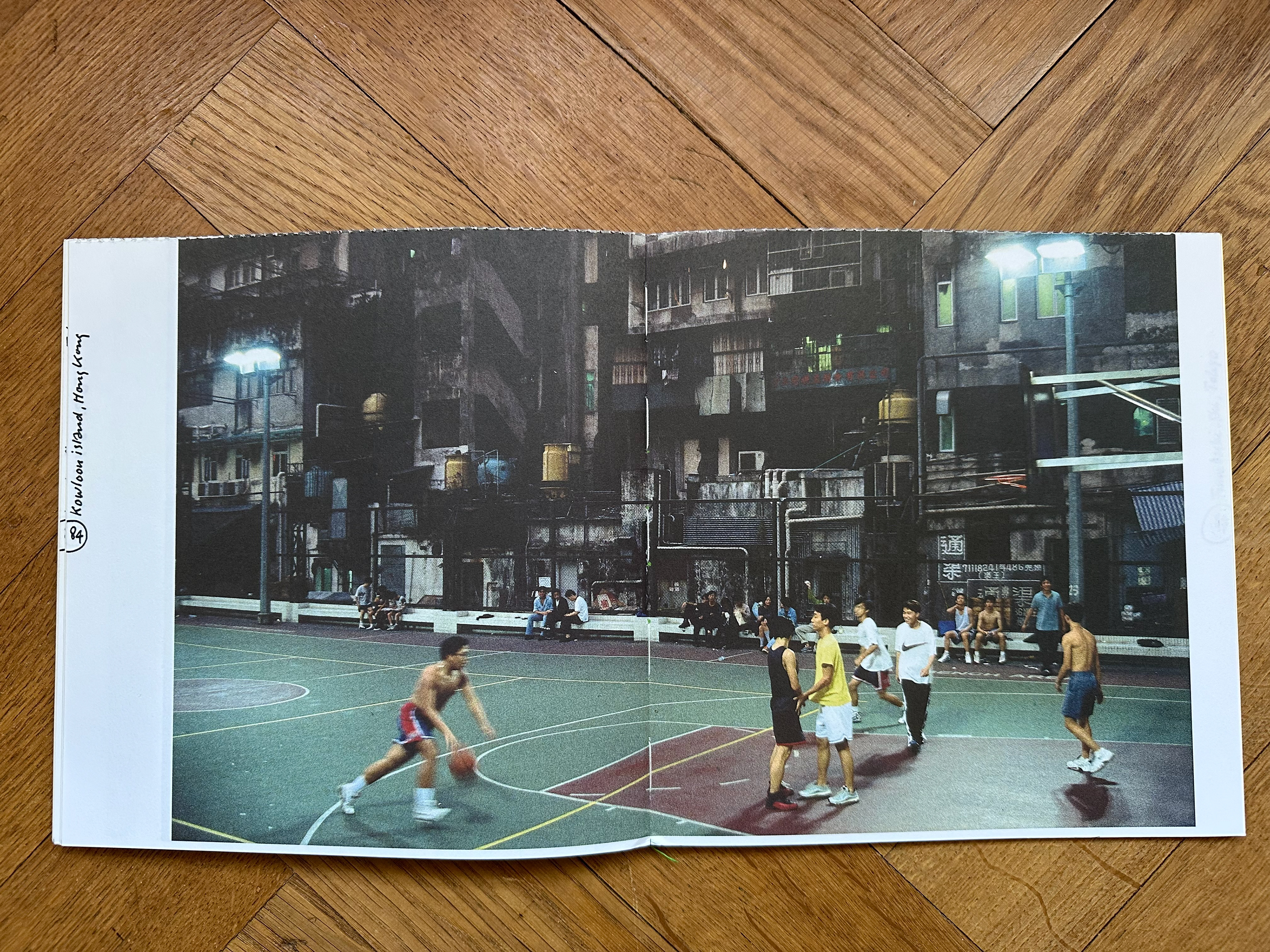
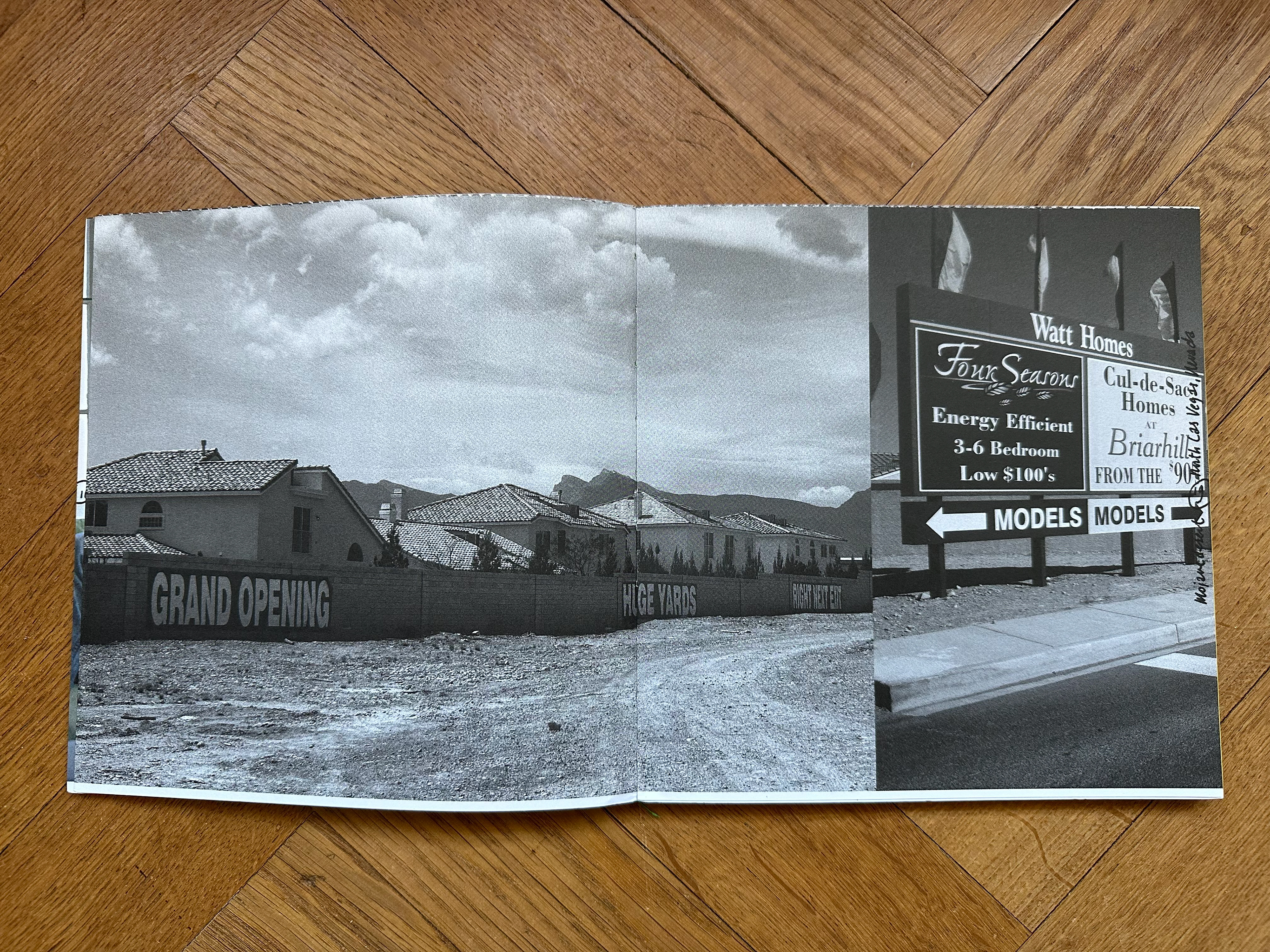
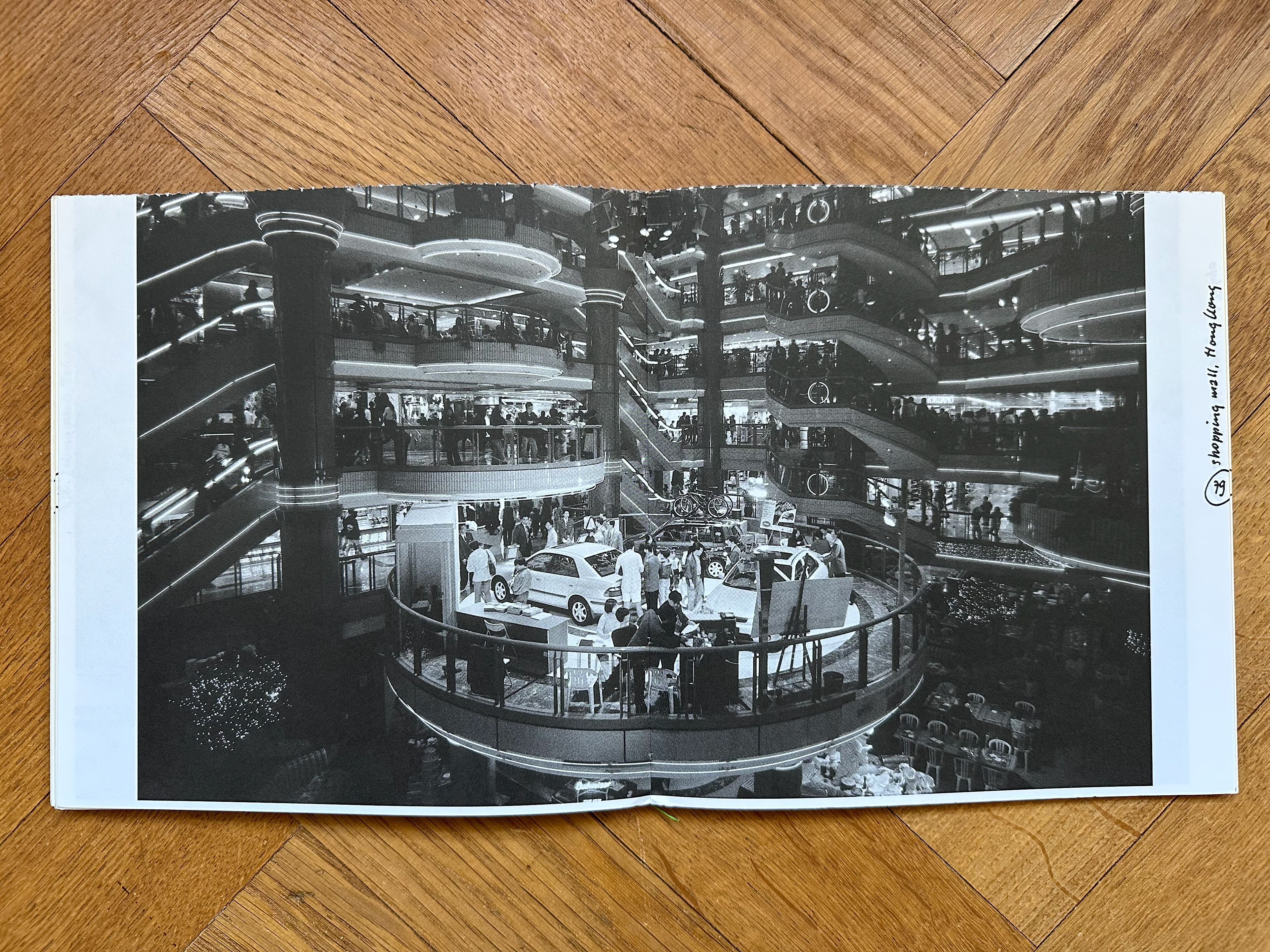
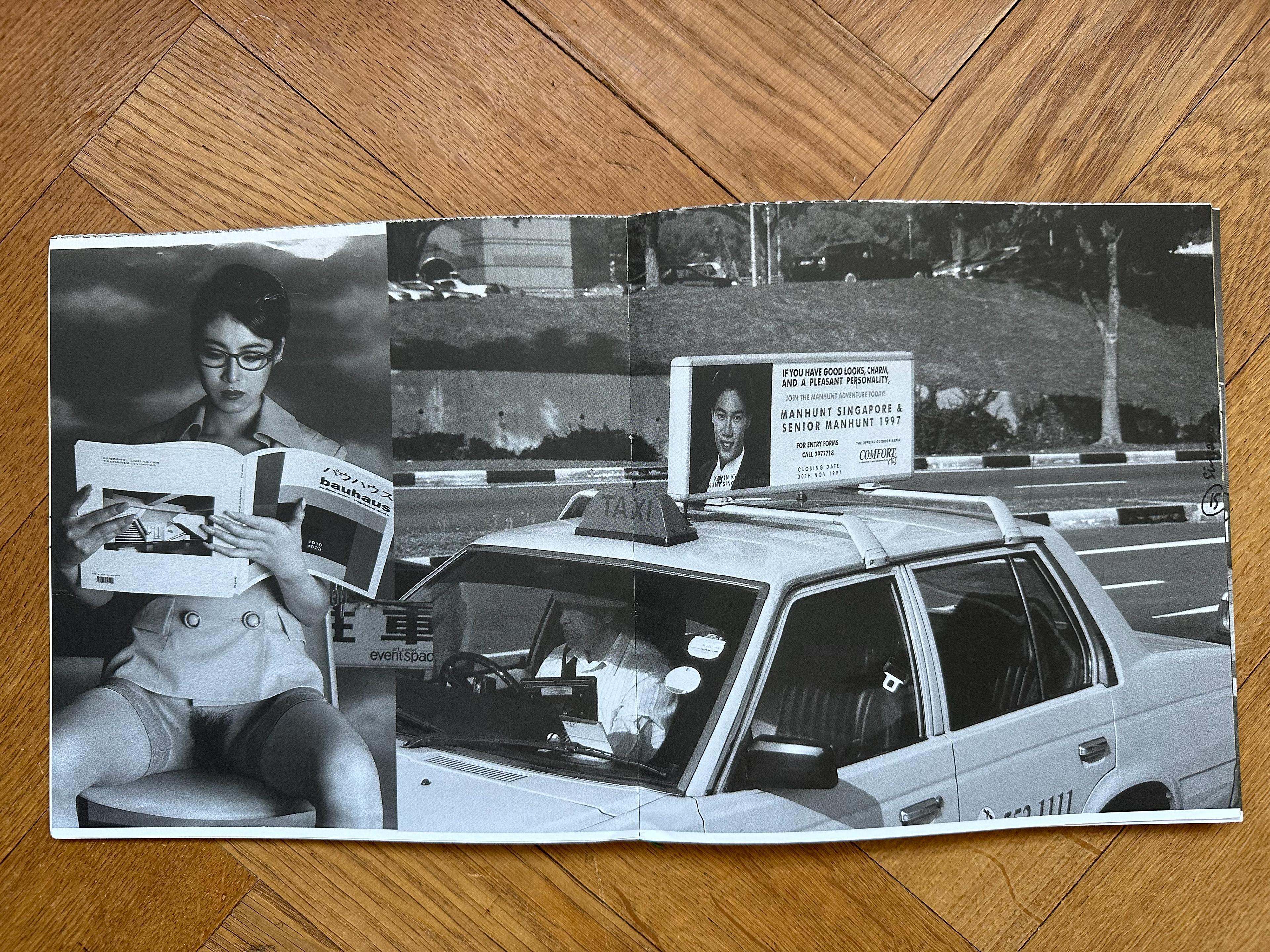
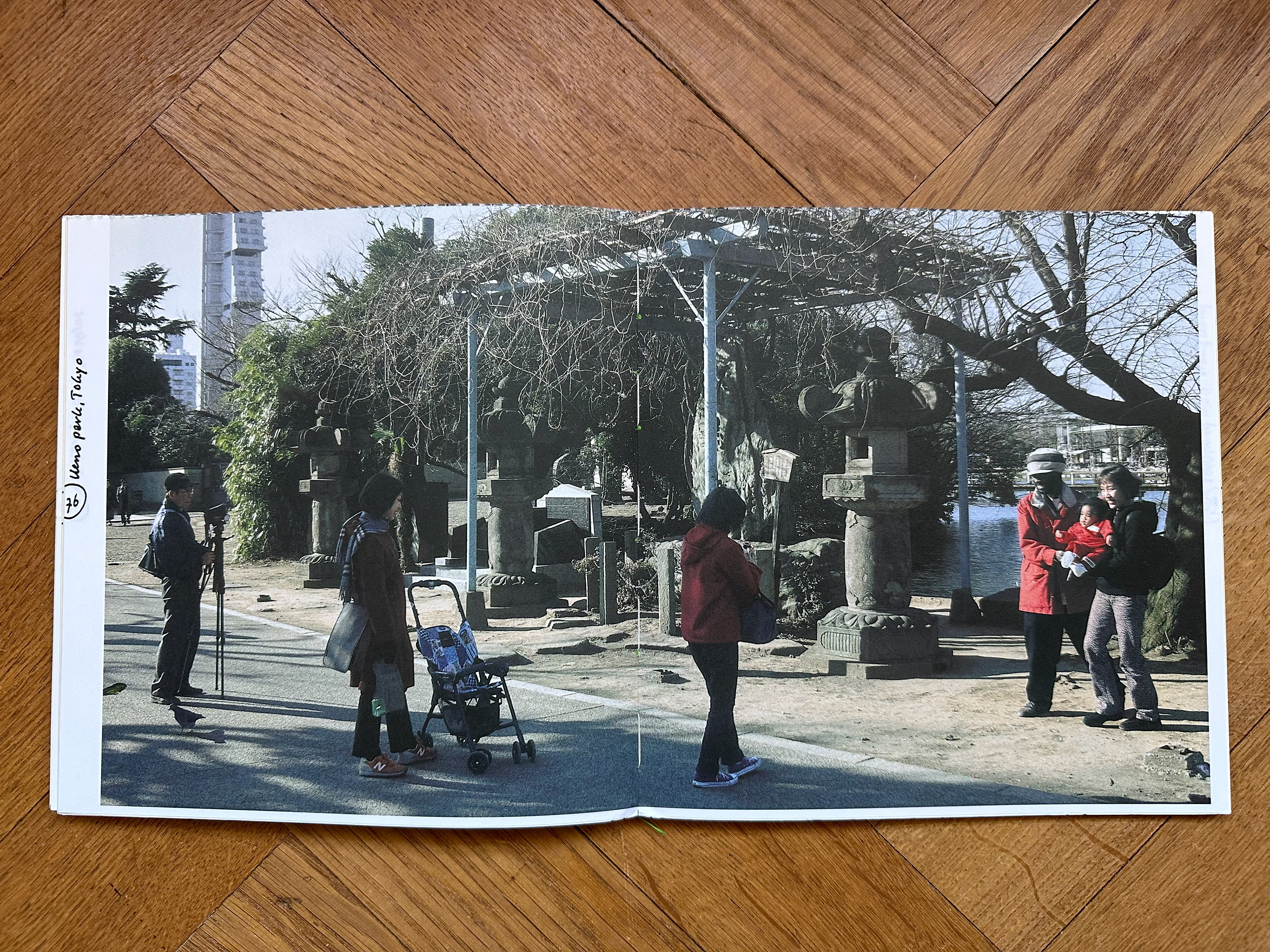
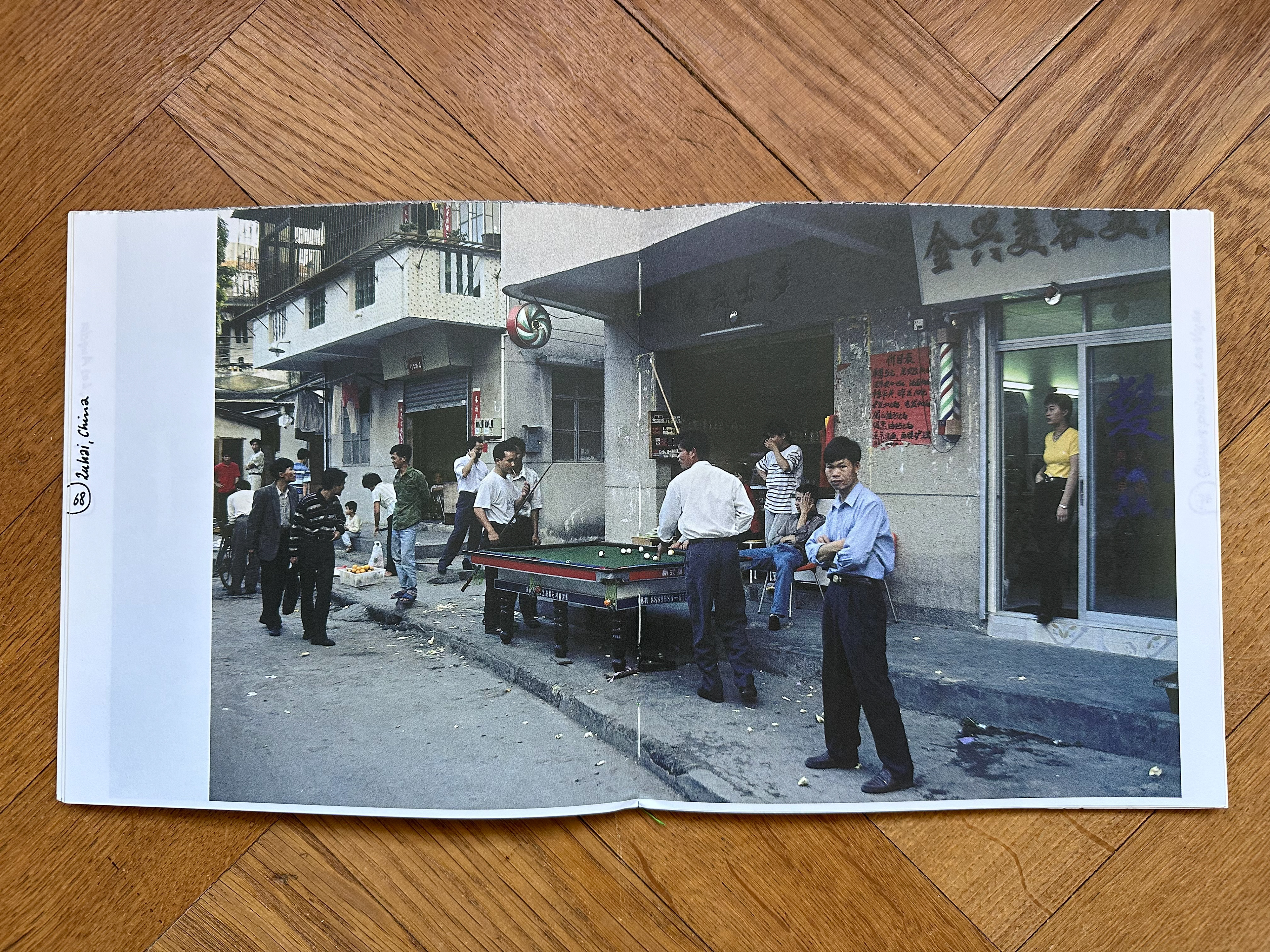
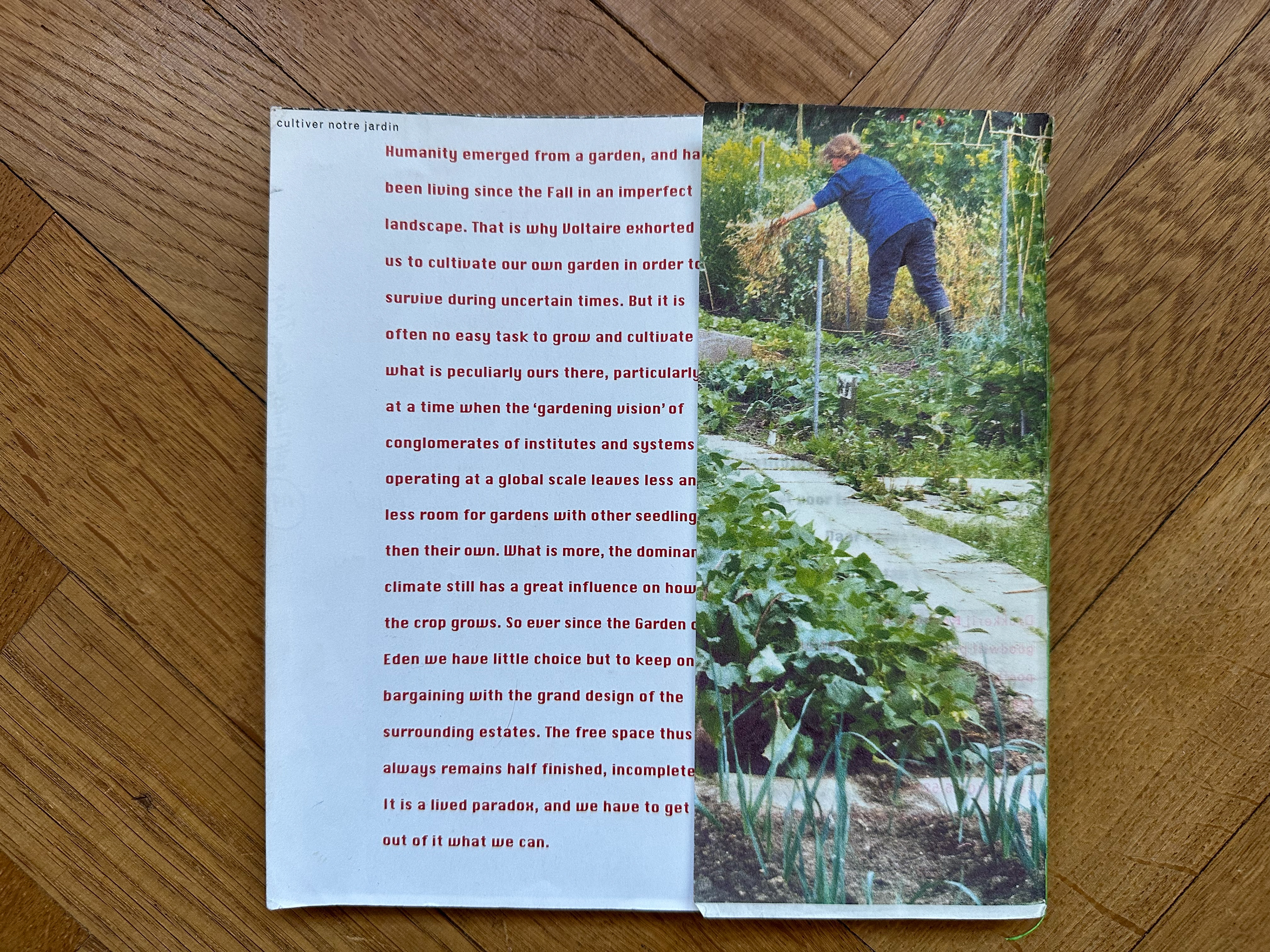
“Teasing out” ideas
Five considerations for answering the question: Why do I like these photos?
1. Statements
The first distinctive feature of Roemer van Toorn’s photographs in his book "The Society of the And, the bewildering interdependence of our times", is their precision. His images are “statement-images.” Each one of them represents a statement relevant to a specific and local condition of urban life in the early years of this 21st century. There is virtually nothing redundant or superfluous in Van Toorn’s way of seeing things. The precision of these photos is distinctive - nothing to do with the intolerable documentary fussiness of lots of landscape photos, with their dogged production of postcards inclined to aestheticize the contrasts and conflicts of the contemporary urban condition. Nothing to do, either, with the moralizing arbitrariness and travel agency lyricism which, more and more frequently, lurk behind the documentary photograph. Van Toorn’s photos are not descriptions, but interpretations. They do not denote; they connote. They do not explain; they take a stance. They “tease out” (1) ideas.
The first distinctive feature of Roemer van Toorn’s photographs in his book "The Society of the And, the bewildering interdependence of our times", is their precision. His images are “statement-images.” Each one of them represents a statement relevant to a specific and local condition of urban life in the early years of this 21st century. There is virtually nothing redundant or superfluous in Van Toorn’s way of seeing things. The precision of these photos is distinctive - nothing to do with the intolerable documentary fussiness of lots of landscape photos, with their dogged production of postcards inclined to aestheticize the contrasts and conflicts of the contemporary urban condition. Nothing to do, either, with the moralizing arbitrariness and travel agency lyricism which, more and more frequently, lurk behind the documentary photograph. Van Toorn’s photos are not descriptions, but interpretations. They do not denote; they connote. They do not explain; they take a stance. They “tease out” (1) ideas.
2. Dominos
The second feature of these photos, which only appears to clash with the previous one (to make apodeictic statements, it would seem easier to rely on specific images which are isolated and one-off) is their dialogic structure. Roemer van Toorn’s photographs are serial diptychs which resemble the still pictures of a Dadaist film. This, needless to say, removes all emphasis from the demonstrative presumption of each photo. And enables the author to organize his interpretations with a great deal of dexterity. Some pairs work by contrast, others by analogy, others still by declension, and others by redundancy. But each pair of images presents a critical line of thought, leaving the onlooker to imagine how to make up a different pair or continue the domino sequence.
The second feature of these photos, which only appears to clash with the previous one (to make apodeictic statements, it would seem easier to rely on specific images which are isolated and one-off) is their dialogic structure. Roemer van Toorn’s photographs are serial diptychs which resemble the still pictures of a Dadaist film. This, needless to say, removes all emphasis from the demonstrative presumption of each photo. And enables the author to organize his interpretations with a great deal of dexterity. Some pairs work by contrast, others by analogy, others still by declension, and others by redundancy. But each pair of images presents a critical line of thought, leaving the onlooker to imagine how to make up a different pair or continue the domino sequence.
3. Inspection of the premises
For some time, I have been mulling over the possibility of a small history of landscape photography (2). Which has nothing to do with the style and poetics of photographers; which is not based on a classification of phenomena and scraps of reality considered by the photographer; which has no particular fondness for a taxonomy based on photographic genres (reporting, documentation, portraits, art...). I am in the process of thinking about a small history of photography based on the selection of one or two major typologies of the movement of the photographer’s body in space. Each one of these movements might be taken as the sum of the photographer’s intentional and reactive gestures, both premeditated and accidental, on the urban scene. We might begin by producing a small eclectic anthology, which could perhaps help us to understand the “structure” of the photographic eye on the contemporary city.
For some time, I have been mulling over the possibility of a small history of landscape photography (2). Which has nothing to do with the style and poetics of photographers; which is not based on a classification of phenomena and scraps of reality considered by the photographer; which has no particular fondness for a taxonomy based on photographic genres (reporting, documentation, portraits, art...). I am in the process of thinking about a small history of photography based on the selection of one or two major typologies of the movement of the photographer’s body in space. Each one of these movements might be taken as the sum of the photographer’s intentional and reactive gestures, both premeditated and accidental, on the urban scene. We might begin by producing a small eclectic anthology, which could perhaps help us to understand the “structure” of the photographic eye on the contemporary city.
To produce this anthology, we would have to start by considering the effective sequence of gestures of positioning the photographer’s body and eye (inspection of the premises, reconnaissance, choice of framing, starting point, shift to a new frame) as a unique sequence of actions in the physical mold of cities. And perhaps we could envisage an initial list of “broadened” movements of the photographer’s body on the urban scene: for example, a movement of torsion (the photographer moves away from the city centre, then returns to photograph the latest extensions); or else a movement of elevation (an extensive control of the urban field is obtained from the height attained by the lens); or alternatively a crosswise movement of the urban density; or a movement of façades passing by (the eye moves in front of the city’s façades). In this anthology, Roemer van Toorn’s work might perhaps have a special place, of photographs looking for places where the concept they have already formulated is presented. Which reach concrete places after having formulated examinations of conceptual places. Which seek places which tally with their concepts.
4. Rhabdomancer
In a period when sampling - the choice of criteria for selecting the field of observation of a heterogeneous and infinite world - represents the main form of territorial observation, and the most widespread, Roemer van Toorn makes a diametric choice. He does not decide about a criterion whereby to sample the infinite complexity of the landscape - as a photographer/ archaeologist would do in seeking a quality that he is not acquainted with and does not control, but who intends to reveal it by successive approximations, by, in a second stage, comparing the findings of his successive sample-taking. No, Roemer van Toorn rather works by looking for unique, one-off places, which themselves contain an extremely marked complexity.
In a period when sampling - the choice of criteria for selecting the field of observation of a heterogeneous and infinite world - represents the main form of territorial observation, and the most widespread, Roemer van Toorn makes a diametric choice. He does not decide about a criterion whereby to sample the infinite complexity of the landscape - as a photographer/ archaeologist would do in seeking a quality that he is not acquainted with and does not control, but who intends to reveal it by successive approximations, by, in a second stage, comparing the findings of his successive sample-taking. No, Roemer van Toorn rather works by looking for unique, one-off places, which themselves contain an extremely marked complexity.
The photographic method contained in this book is that of a rhabdomancer of urban complexity, who already knows what he is after. Not that of a photographer who plays at being an off-the-cuff expert, but that of an expert using photography for his research.
5. Aphorisms of the eye
More than 20 years ago, when questioned about the possibility of an “urban semiology,” Roland Barthes replied (3) by admitting his affective and emotional - rather than scientific and positivist--predisposition with regard to the urban condition. An irresistible attraction, which provided him with on-going inspiration to reflect about spaces, local societies, and their symbolic worlds (as in the extraordinary pages devoted to Tokyo). And which possibly prevented him from having the distance required for a pure taxonomic method. But when talking about the city, Roland Barthes was actually talking about language, and his style of research. A style based on a series of searching conceptual aphorisms addressed--by way of the great mediation of language and symbols--to the behavioural patterns of human beings. To the practices, idiosyncrasies, tastes and obsessions. Without forcing the analogy, I think I can safely say that the photos of Roemer van Toorn are - in all respects - fragments of a visual discourse about the contemporary urban condition.
More than 20 years ago, when questioned about the possibility of an “urban semiology,” Roland Barthes replied (3) by admitting his affective and emotional - rather than scientific and positivist--predisposition with regard to the urban condition. An irresistible attraction, which provided him with on-going inspiration to reflect about spaces, local societies, and their symbolic worlds (as in the extraordinary pages devoted to Tokyo). And which possibly prevented him from having the distance required for a pure taxonomic method. But when talking about the city, Roland Barthes was actually talking about language, and his style of research. A style based on a series of searching conceptual aphorisms addressed--by way of the great mediation of language and symbols--to the behavioural patterns of human beings. To the practices, idiosyncrasies, tastes and obsessions. Without forcing the analogy, I think I can safely say that the photos of Roemer van Toorn are - in all respects - fragments of a visual discourse about the contemporary urban condition.
1. A few years back, talking about his conception of photography, Wim Wenders compared it to a shot from a firearm, aiming at a target, recoiling, and hitting a target.
2. S. Boeri, “Movimento dello sguardo”, in U. Lucas (edited by), Annali della Storia d’Italia. La fotografia, 1944 -2000, Turin, Einaudi, 2004.
3. R. Barthes in L’Architecture d’aujourd’hui, 1982.
2. S. Boeri, “Movimento dello sguardo”, in U. Lucas (edited by), Annali della Storia d’Italia. La fotografia, 1944 -2000, Turin, Einaudi, 2004.
3. R. Barthes in L’Architecture d’aujourd’hui, 1982.
Cityness
Environmental
Architecture
People